Cozumel Turtle Trivia: How Turtles Help the Environment
by Biol. C. Ricardo Peralta M. ….
Editors Note: Biol.C. Ricardo Peralta is back!! Ricardo has promised to keep Cozumel 4 You readers abreast of all the happenings of the Punta Sur Turtle Season!
Did you know? That sea turtles help the ocean environment?
The sea turtles are endangered because of human activity, but they have a huge impact in our oceans and need to be protected. They provide us with important ecological services.
All sea turtles make their nests in the sand of beaches of several countries. The eggs that don’t hatch, egg shells and dead hatchling became part of the sand as nutrients, feeding the nearby vegetation so it can grow strong and protect those areas against erosion. The local animals (in Cozumel’s case) like raccoons or coatimundis feed on those eggs and maintain a cycle of nutrients usually known as the feeding chain.
A great companion of our oceans are the green sea turtles (Chelonia mydas)
Green sea turtles, one of the few large species of herbivores that eat seagrass, help to maintain healthy seagrass beds.
When green sea turtles graze, they increase the productivity and nutrient content of seagrass blades. Without constant grazing, seagrass beds become overgrown and obstruct currents, shade the bottom, begin to decompose and provide suitable habitat for the growth of slime molds. Older portions of seagrass beds tend to be overgrown with microorganisms, algae, invertebrates and fungi.
Sea turtles forage on seagrass just a few centimeters from the bottom of the blades, allowing older, upper portions of the blades to float away.
Florida Bay and the Gulf of Mexico are two excellent examples of the importance of green sea turtles on the health of seagrass beds. The die-off of seagrass in these areas during the 1980s has been directly linked to the ecological extinction of greens.
Cozumel is fortunate to be a breeding area to two species of turtles, the loggerhead (caretta caretta) and the green turtle (chelonian mydas). Turtles in Cozumel are protected under both civil and penal codes, with the first decree of protection appearing in publication in “Diario Oficial de la Federación,” back in 1927. During the months of May through September these turtles come ashore to lay their eggs on Cozumel’s eastern beaches. Sea turtles generally lay between 150-200 eggs each time and can nest up to 6 times in a breeding season. The eggs take around 60 days to incubate before the baby turtles hatch.
sources:
https://oceana.org/sites/default/files/reports/Why_Healthy_Oceans_Need_Sea_Turtles.pdf
https://www.seeturtles.org/why-are-sea-turtles-important/
http://www.bbc.co.uk/nature/life/Green_sea_turtle
Trivia de la temporada de tortuga
Actualización del biólogo C. Ricardo Peralta M.. . .
Editors Note: Biol.C. Ricardo Peralta is back!! Ricardo has promised to keep Cozumel 4 You readers abreast of all the happenings of the 2018 Turtle Season!
¿Las tortugas ayudan al medioambiente oceánico?
Debido a las actividades humanas Las tortugas marinas están consideradas una especie en peligro de extinción, tienen un enorme impacto en nuestros océanos y es necesario protegerlas. Nos brindan importantes beneficios ecológicos.
Todas las tortugas hacen sus nidos en la arena de las playas de diversos países. Los huevos que no eclosionan, cascarones y crías muertas se convierten en nutrientes como parte de la arena, alimentando la vegetación cercana para que crezca fuerte y proteja esas zonas de la erosión. Los animales locales (en el caso de Cozumel) como los mapaches o coatíes, que se alimentan de dichos huevos y mantienen el ciclo de nutrientes conocido como la cadena alimenticia.
Una gran compañera de nuestros océanos es la tortuga verde (Chelonia mydas)
Las tortugas verdes son una de las pocas especies de herbívoros que comen pasto marino, ayudando así a mantener lechos marinos saludables. Cuando las tortugas verdes pastan, aumenta la productividad y contenido de nutrientes de las laminillas del pasto marino. De no haber pastoreo, el pasto marino crece desproporcionadamente y obstruye las corrientes, da sombra obscureciendo el lecho marino, comienza a descomponerse y se vuelve el hábitat adecuado para el crecimiento de moho acuático. Porciones más antiguas de lechos de pasto marino tienden a crecer de manera desmedida con microorganismos, algas, invertebrados y hongos.
Las tortugas marinas forrajean a unos centímetros de la base de las laminillas permitiendo que la parte superior y más antigua de las mismas floten alejándose.
La Bahía de Florida y el Golfo de México son dos excelentes ejemplos de la importancia que tienen las tortugas verdes en la salud de los pastos marinos. En estas áreas el pasto marino que murió durante los alos de 1980 ha sido relacionado directamente con la extinción ecológica de las tortugas verdes.
Cozumel tiene la fortuna de ser una zona de reproducción de dos especies de tortugas, la caguama (Caretta caretta) y la tortuga verde (Chelonian mydas). Las tortugas de Cozumel se encuentran protegidas bajo el Código Civil y el Código Penal. La publicación del primer decreto de protección apareció en el Diario Oficial de la Federación en 1927. De mayo a septiembre estas tortugas arriban para anidar sus huevos en las playas orientales de Cozumel. Por lo general las tortugas marinas ponen entre 150 y 200 huevos cada vez y pueden anidar hasta 6 veces en una temporada de anidación. La incubación tarda alrededor de 60 días antes de que eclosionen las tortuguitas.
Fuentes:
https://oceana.org/sites/default/files/reports/Why_Healthy_Oceans_Need_Sea_Turtles.pdf
https://www.seeturtles.org/why-are-sea-turtles-important/
http://www.bbc.co.uk/nature/life/Green_sea_turtle
______________________________
Una ex yanqui de Connecticut quien llama hogar a Cozumel desde hace más de 15 años. Laura escapó al Caribe hace años, desplazándose de una isla a otra dando clases de BUCEO. Se dedicó a perder el tiempo en Jamaica y finalmente se detuvo en Cozumel para pasar unas vacaciones de 2 semanas que aún no terminan. Convenciendo a sus padres que pagaran una elegante universidad privada, obtuvo su título en Periodismo y Laura crea semanalmente Cozumel 4You, medios sociales y artículos promocionales sobre la Isla y también es moderadora en el grupo Cozumel 4 You en Facebook que actualmente cuenta con 25,000 miembros. Fabián, s umuy tolerante marido, desde hace mucho tiempo se resignó a no tener vida privada, pues se ha visto implicado en los diversos proyectos y planes que urde Laura. Son orgullosos padres de diversos perros y gatos rescatados. Mientras contempla su paso a través de la vida en el Caribe mexicano,Laura continúa siendo la pesadilla en la existencia de su muy tradicional suegra mexicana.
- Mexico New Coins - April 18, 2025
- Feria Cedral 2025 - April 18, 2025
- 2025 Turtle Season - April 18, 2025
An ex-Connecticut Yankee who has called Cozumel home for over 18 years, Laura ran away to the Caribbean years ago, bumped around the islands teaching SCUBA diving, lost some time in Jamaica, and finally stopped in Cozumel for a 2 week vacation that hasn’t ended yet. With a degree in Journalism from a fancy private college she convinced her parents to pay for, Laura writes, edits, and creates the weekly Cozumel 4 You news, social media, and promotional articles about the island, as well as moderates the Cozumel 4 You Facebook group, which currently has over 25,000 members. Her long suffering husband, Fabian, has long since resigned himself to having zero private life, as he’s been involved in her various schemes and plots since his arrival. Proud parents to a variety of rescue dogs and cats, Laura continues to be the bane of her traditional Mexican mother-in-law’s existence, as she muses her way through life in the Mexican Caribbean. ______________________________ Una ex yanqui de Connecticut quien llama hogar a Cozumel desde hace más de 15 años. Laura escapó al Caribe hace años, desplazándose de una isla a otra dando clases de BUCEO. Se dedicó a perder el tiempo en Jamaica y finalmente se detuvo en Cozumel para pasar unas vacaciones de 2 semanas que aún no terminan. Convenciendo a sus padres que pagaran una elegante universidad privada, obtuvo su título en Periodismo y Laura crea semanalmente Cozumel 4You, medios sociales y artículos promocionales sobre la Isla y también es moderadora en el grupo Cozumel 4 You en Facebook que actualmente cuenta con 25,000 miembros. Fabián, s umuy tolerante marido, desde hace mucho tiempo se resignó a no tener vida privada, pues se ha visto implicado en los diversos proyectos y planes que urde Laura. Son orgullosos padres de diversos perros y gatos rescatados. Mientras contempla su paso a través de la vida en el Caribe mexicano, Laura continúa siendo la pesadilla en la existencia de su muy tradicional suegra mexicana.
2025 Turtle Season
2025 Turtle Season 2025 Cozumel Turtle Egg Season Kicks off With the...
“Cozumel Vivo” Marine Conservation
“Cozumel Vivo” Marine Conservation The “Cozumel Vivo” Project Unites Science and Community...
Cozumel Sargassum Seaweed
Cozumel Sargassum Seaweed Spring is Here & so is Sargassum The sargassum...
Reef Care Parrotfish Slaughter Cozumel
Reef Care Parrotfish Slaughter Cozumel “Caring for our reefs is everyone’s responsibility,”...


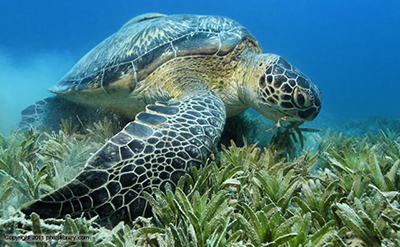
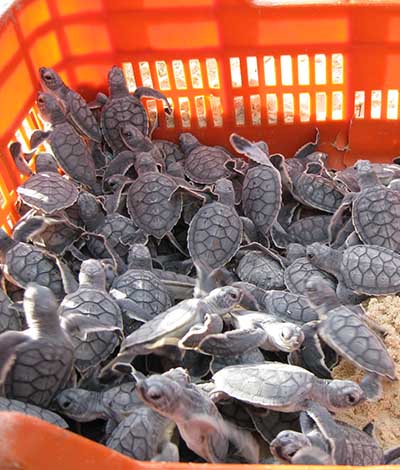
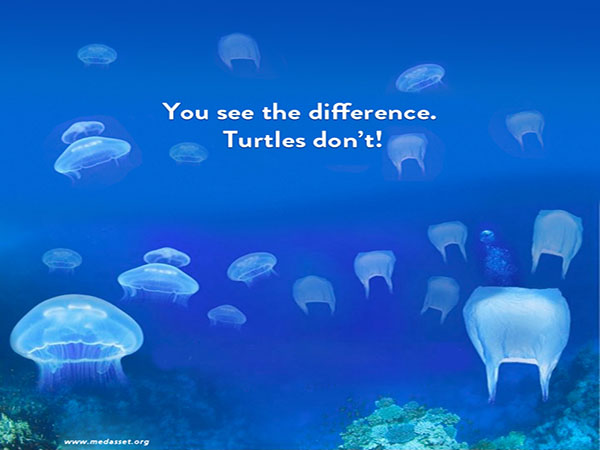
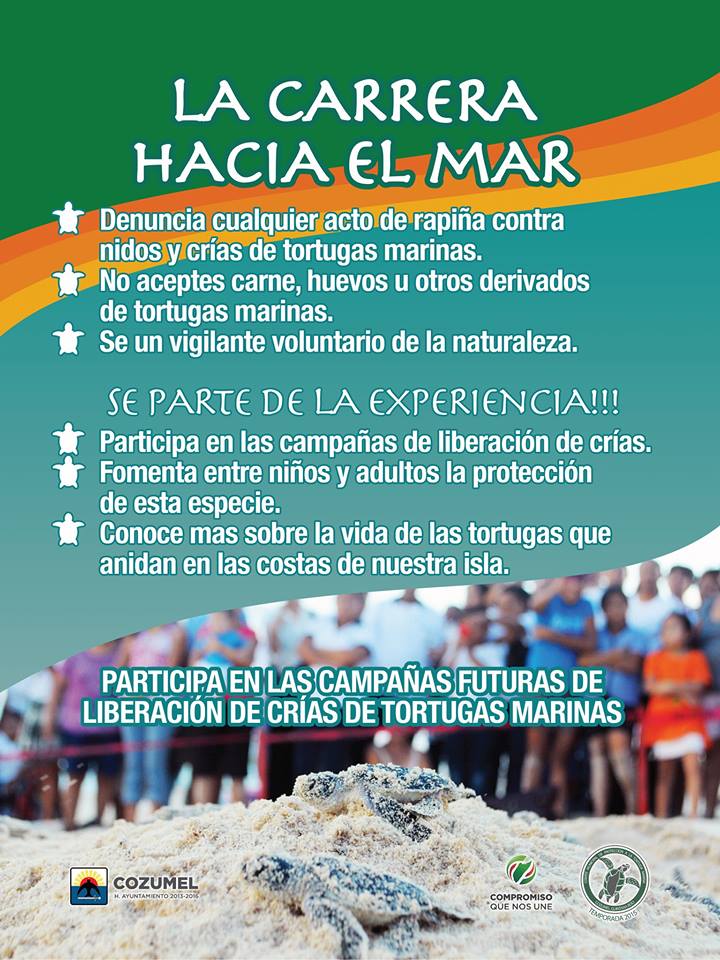
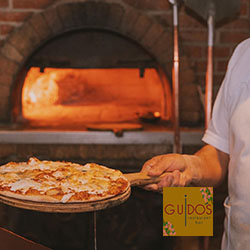
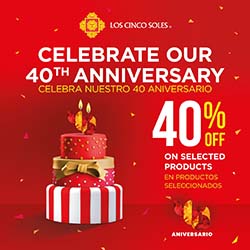
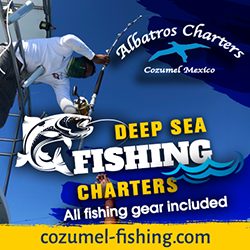
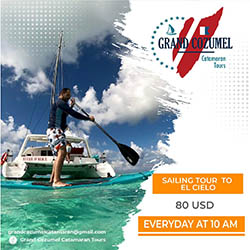

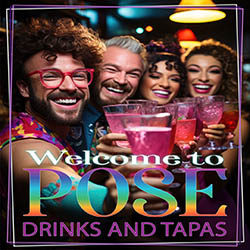
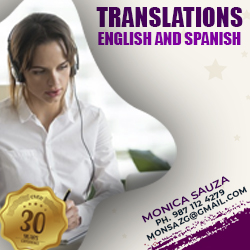
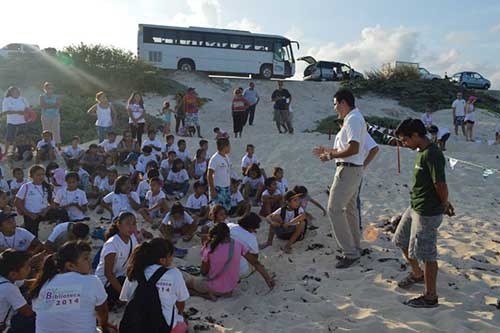
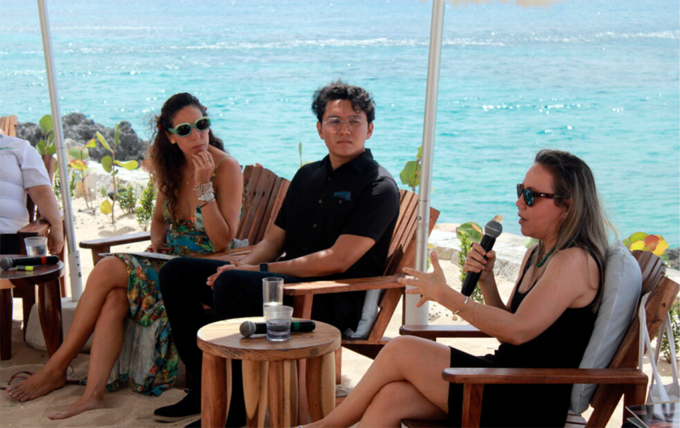
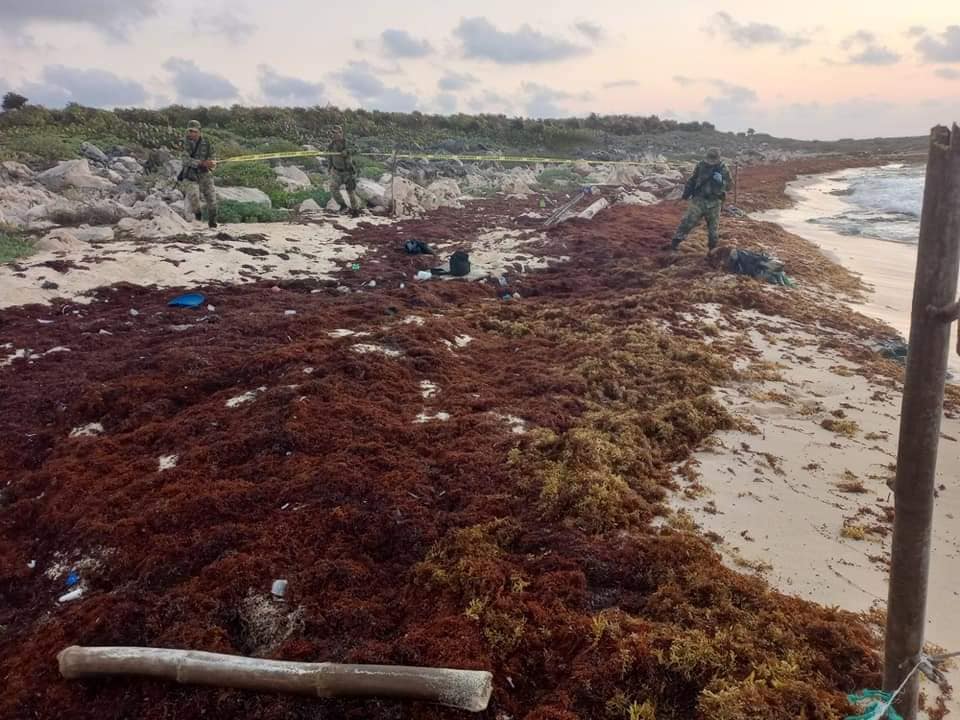
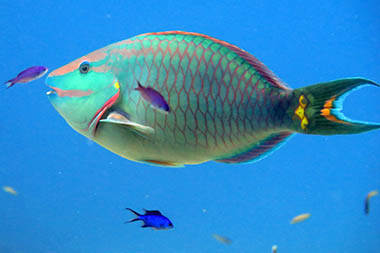
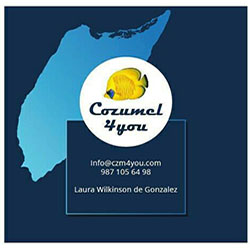


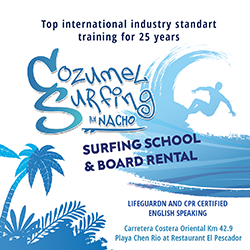

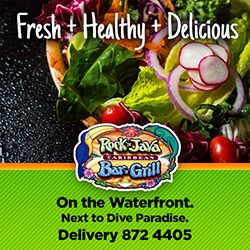

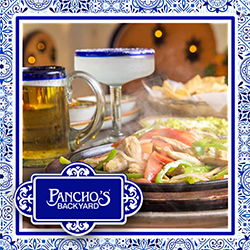
Leave a comment